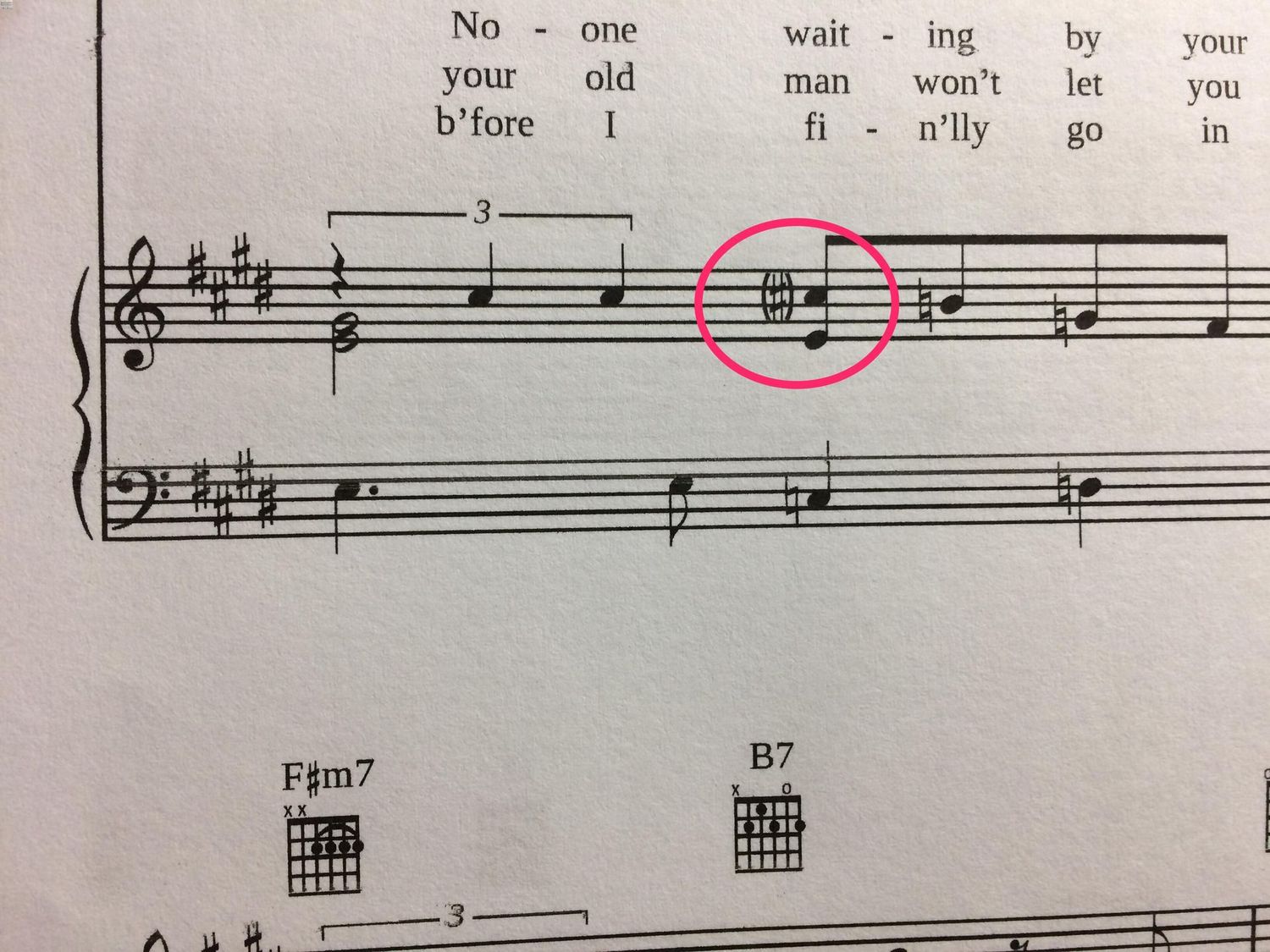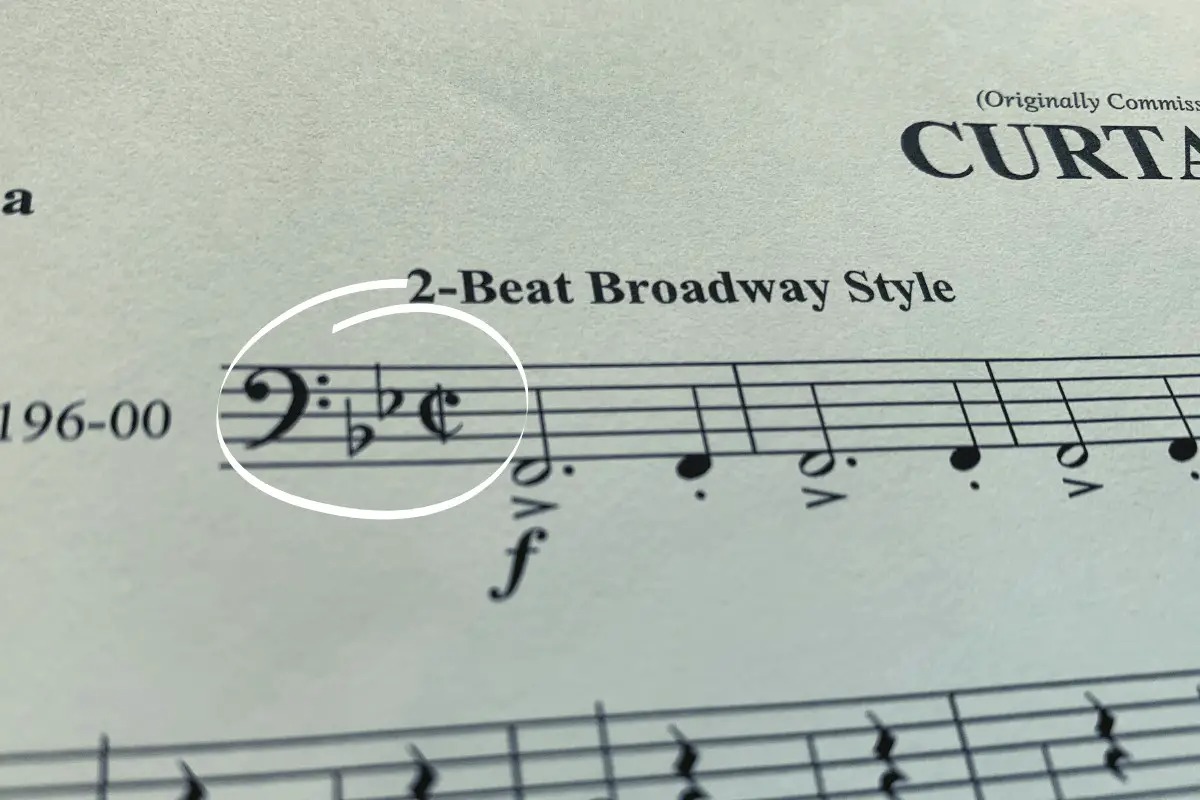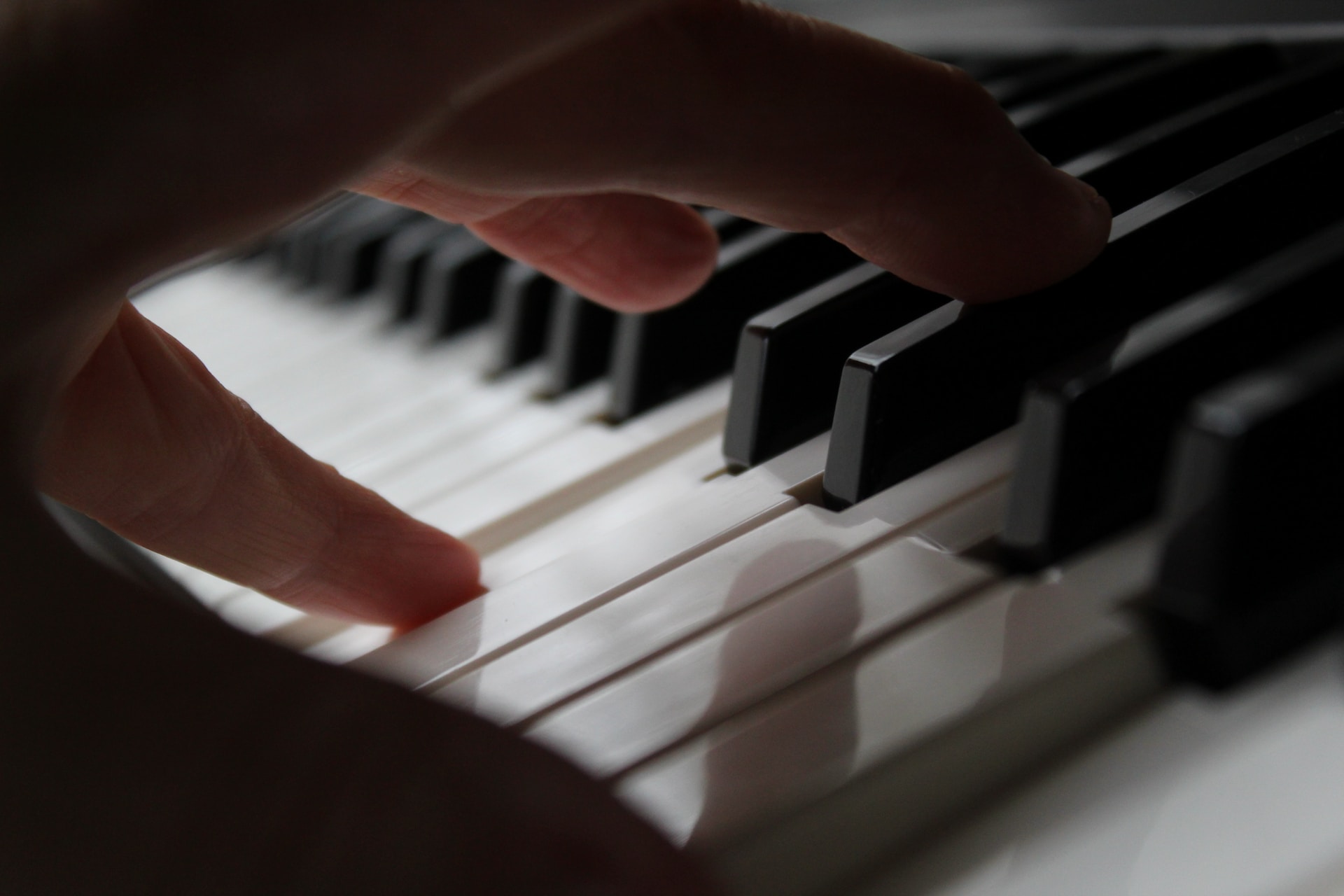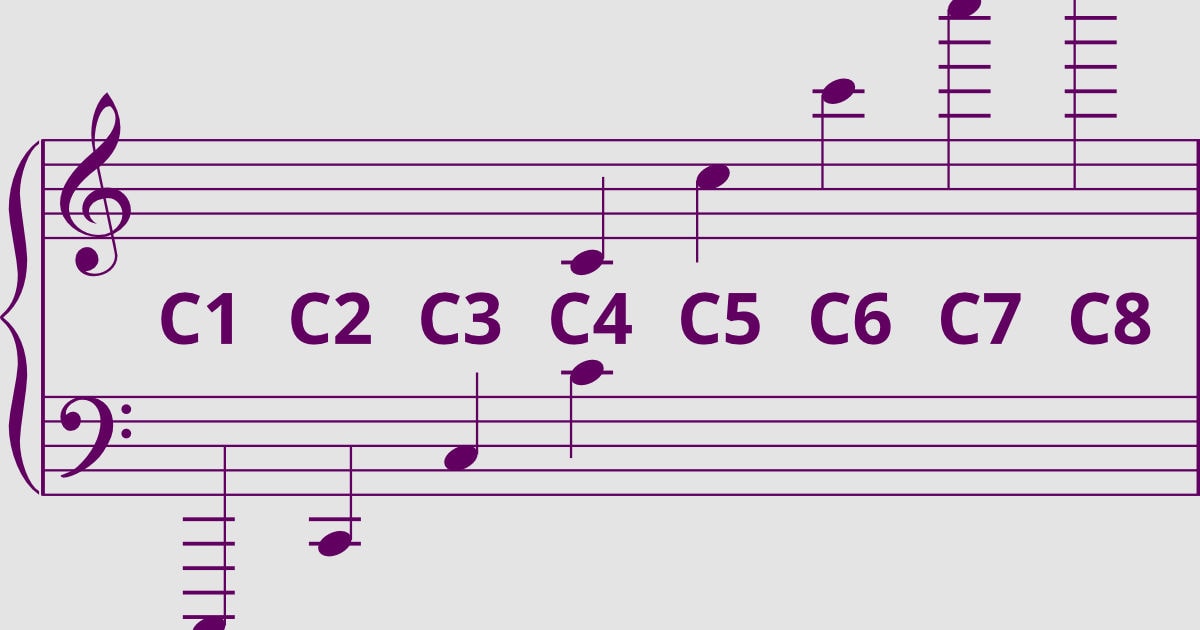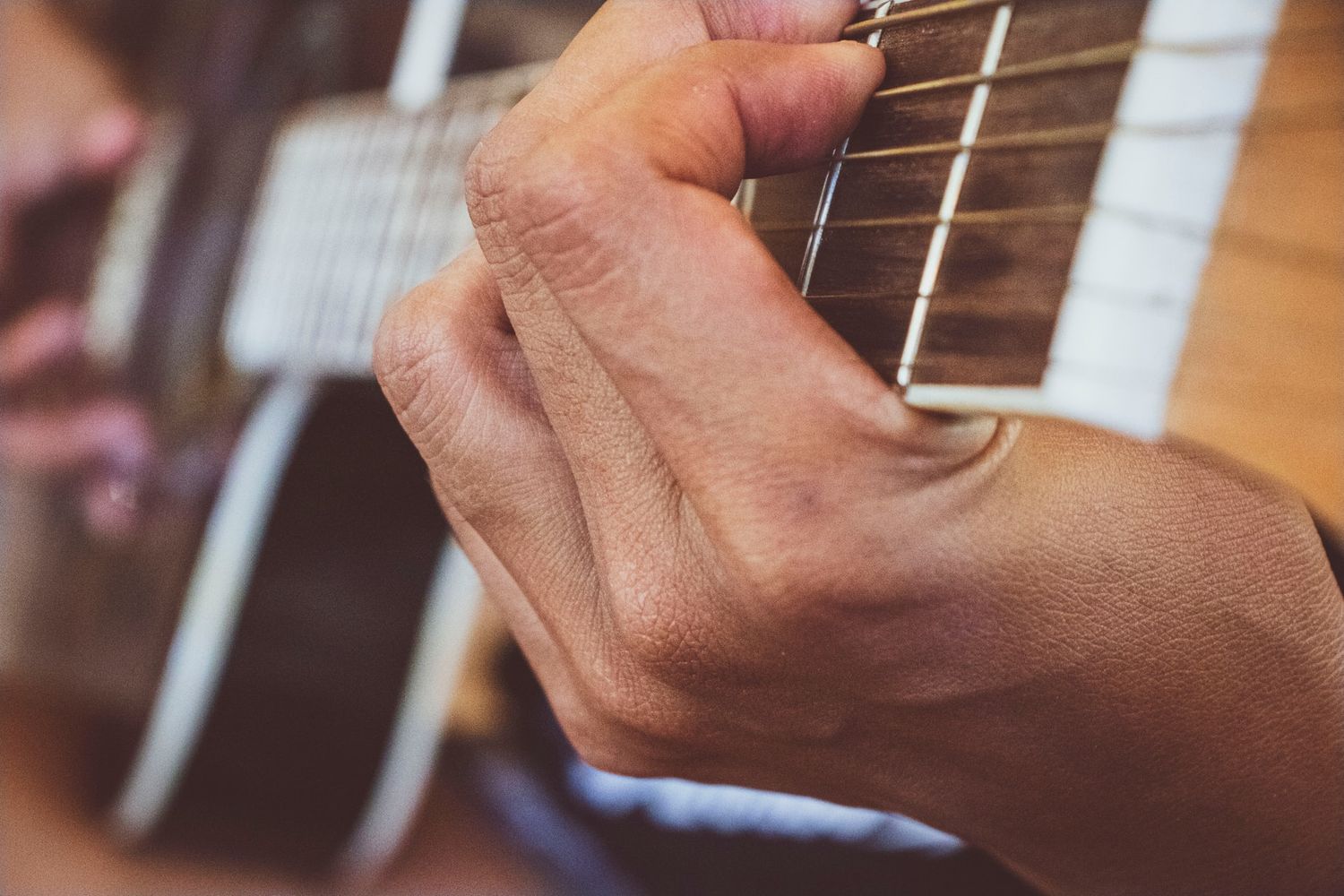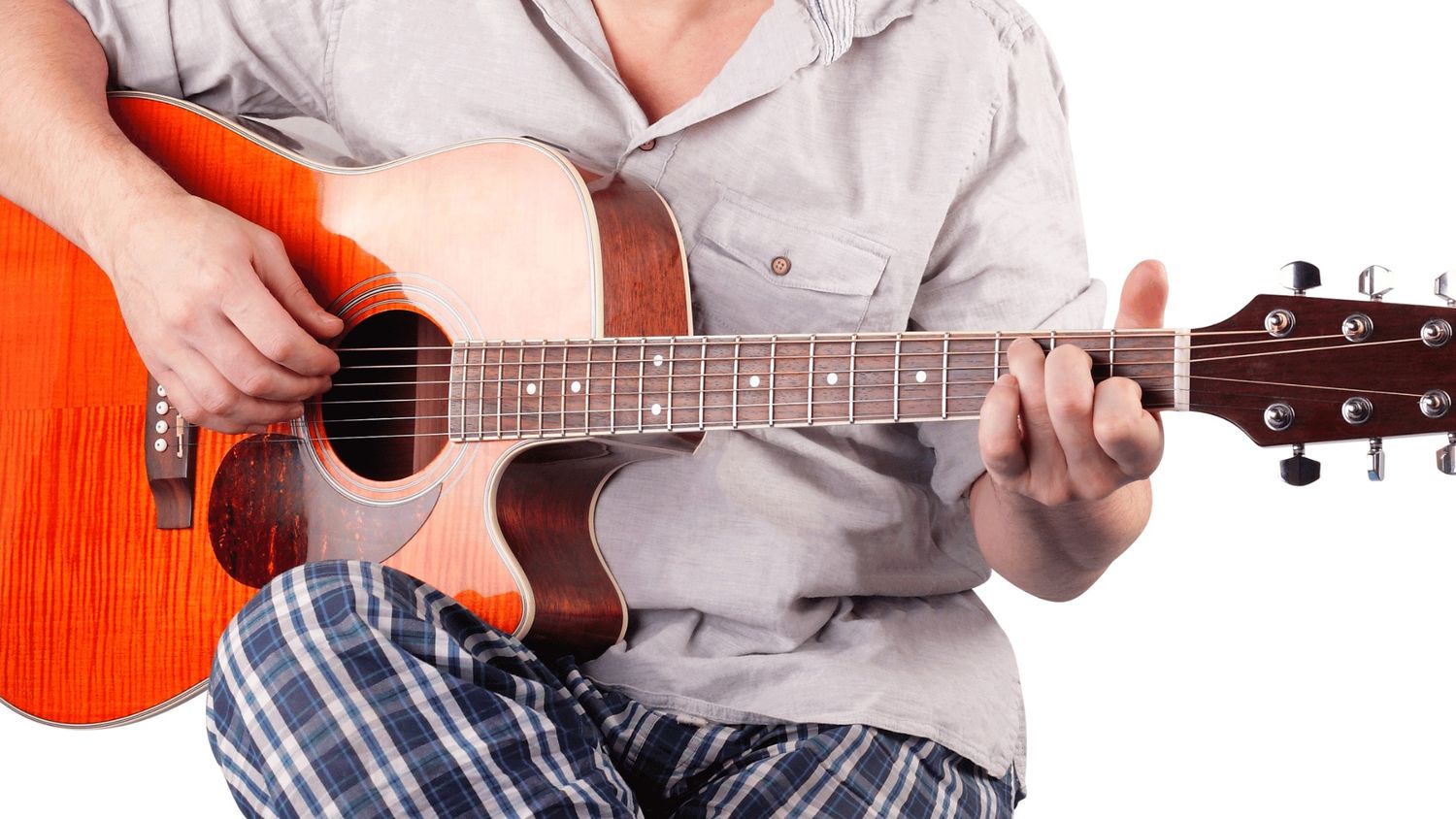Home>Instruments>Piano>What Is C Sharp On Piano
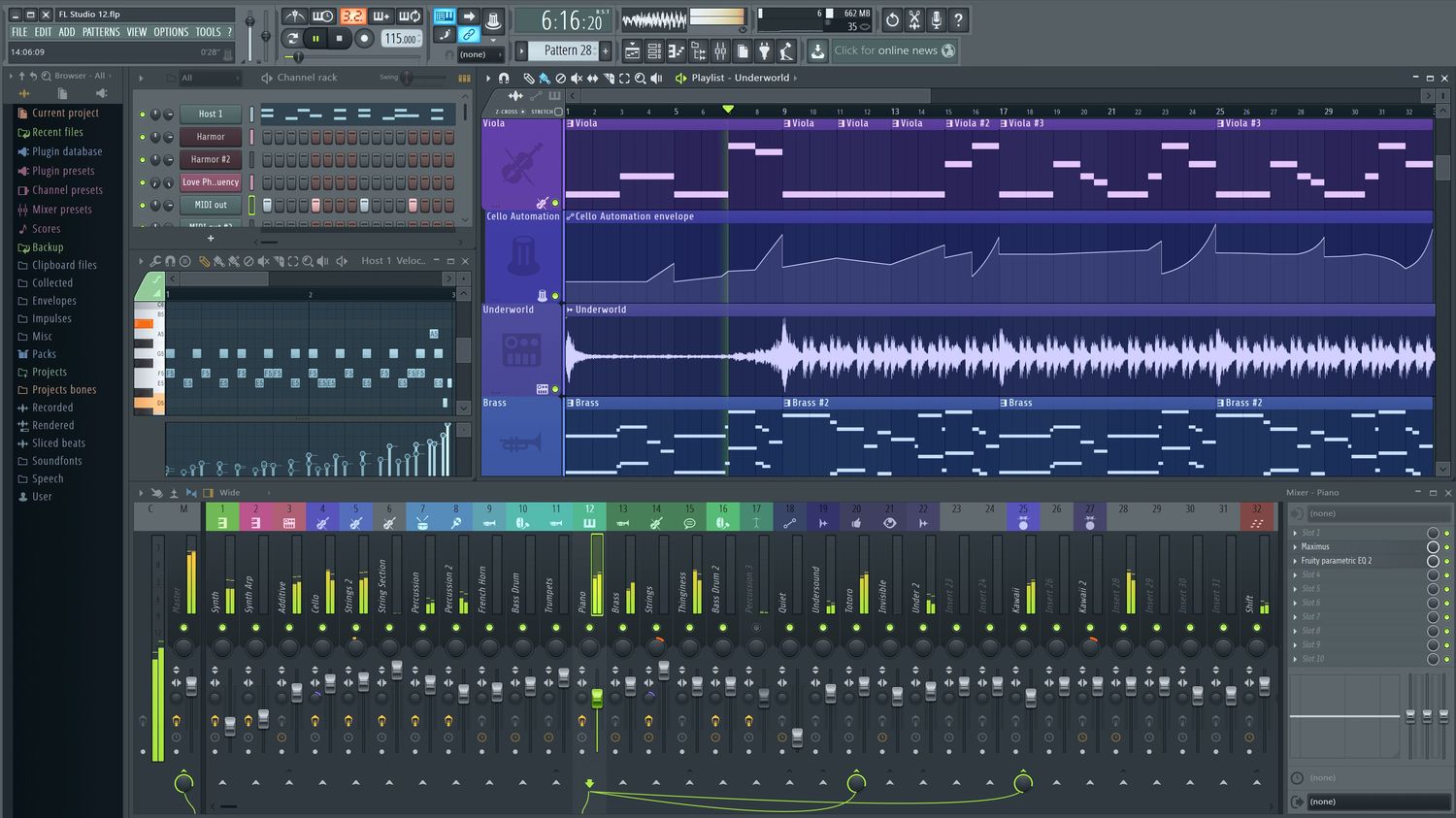

Piano
What Is C Sharp On Piano
Published: February 12, 2024
Learn how to play C sharp on the piano with our step-by-step guide. Master the technique and impress your audience. Start playing piano today!
(Many of the links in this article redirect to a specific reviewed product. Your purchase of these products through affiliate links helps to generate commission for AudioLover.com, at no extra cost. Learn more)
Table of Contents
Introduction
Introduction
Welcome to the enchanting world of piano music! Whether you're a beginner or a seasoned pianist, understanding the nuances of piano notes is essential for mastering this timeless instrument. In this article, we'll delve into the captivating realm of the C sharp note on the piano, exploring its significance, playing techniques, and tips for honing your skills.
The piano is a versatile and expressive instrument, offering a rich tapestry of sounds that can evoke a myriad of emotions. Each note on the piano possesses its own unique characteristics, and the C sharp note is no exception. From its distinctive tonal quality to its role in creating harmonies and melodies, the C sharp note holds a special place in the pianist's repertoire.
As we embark on this musical journey, we'll unravel the mysteries of the C sharp note, uncovering the fundamental principles that govern its expression and application on the piano. Whether you're eager to enhance your playing abilities, deepen your understanding of music theory, or simply appreciate the beauty of this remarkable instrument, this exploration of C sharp on the piano promises to be an enriching and enlightening experience.
Join me as we unlock the secrets of the C sharp note and embark on a melodious adventure through the enchanting realm of piano music.
Understanding the C Sharp Note
Understanding the C Sharp Note
Before delving into the intricacies of playing the C sharp note on the piano, it’s essential to grasp the theoretical foundation of this musical element. The C sharp note, also known as C#, is a crucial component of the chromatic scale, adding depth and complexity to musical compositions.
In the context of music theory, C sharp is considered an enharmonic equivalent to the D flat note, meaning that it shares the same pitch but is represented by a different notation. When you encounter the C sharp note in sheet music, it signifies a tone that is one semitone higher than C natural. This slight alteration in pitch infuses the C sharp note with a distinct sense of tension and urgency, making it a powerful tool for creating expressive melodies and harmonies.
On the piano keyboard, the C sharp note is located to the immediate right of the C natural key, occupying a pivotal position within the instrument’s tonal range. Its placement within various scales and chord progressions imbues the music with a sense of movement and emotion, contributing to the overall narrative of a musical piece.
Furthermore, the C sharp note serves as a cornerstone for modulations and key changes, allowing composers and pianists to navigate through different tonalities and evoke diverse moods within a composition. Its versatility and significance in music make it a fundamental element for pianists to comprehend and harness in their musical endeavors.
By understanding the theoretical underpinnings of the C sharp note, pianists can develop a deeper appreciation for its role in shaping musical compositions and elevate their interpretative skills when bringing these compositions to life on the piano.
Playing C Sharp on the Piano
Playing C Sharp on the Piano
When it comes to playing the C sharp note on the piano, pianists are presented with a myriad of opportunities to showcase its expressive potential. Whether you’re aiming to convey a sense of drama, add a touch of melancholy, or introduce a hint of tension into your musical performance, the C sharp note offers a versatile palette for artistic expression.
One of the fundamental techniques for playing the C sharp note on the piano involves a keen understanding of hand positioning and finger placement. As the C sharp key is a black key on the piano, it’s essential to cultivate a relaxed and fluid approach to striking the key with precision. Pianists often employ the use of the fourth finger (ring finger) or the fifth finger (pinky) to depress the C sharp key, allowing for seamless integration within scales, arpeggios, and chordal progressions.
Additionally, mastering the art of dynamic control is paramount when exploring the tonal nuances of the C sharp note. By varying the pressure exerted on the key and adjusting the speed of key depression, pianists can imbue the C sharp note with a spectrum of tonal colors, ranging from delicate and ethereal to bold and resonant. This dynamic versatility empowers pianists to convey a diverse range of emotions and moods through their interpretation of musical pieces.
Furthermore, integrating the C sharp note within melodic passages and harmonic sequences requires a keen ear for tonal relationships and a nuanced approach to phrasing. Pianists can experiment with different articulations, such as staccato or legato, to imbue the C sharp note with distinct musical characteristics, adding depth and dimension to their performances.
Whether you’re navigating through classical compositions, jazz standards, or contemporary pieces, the C sharp note serves as a captivating element that enriches the musical tapestry and invites pianists to explore its expressive potential with creativity and finesse.
Tips for Mastering C Sharp on Piano
Tips for Mastering C Sharp on Piano
Mastering the art of playing the C sharp note on the piano requires dedication, practice, and a nuanced approach to musical expression. Here are some valuable tips to enhance your proficiency and artistry when incorporating the C sharp note into your piano repertoire:
- Focus on Hand Positioning: Cultivate a relaxed hand position and ensure that your fingers are poised to strike the C sharp key with precision. Practice scales and exercises that incorporate the C sharp note to familiarize yourself with its placement on the keyboard.
- Develop Dynamic Control: Experiment with varying the dynamics of the C sharp note, from pianissimo to fortissimo, to explore its expressive range. Pay attention to the subtle nuances in touch and pressure to imbue the note with diverse tonal qualities.
- Explore Harmonic Contexts: Study the role of the C sharp note within different chord progressions and harmonic contexts. Understanding its function within various scales and chords will deepen your comprehension of its musical significance.
- Embrace Artistic Interpretation: Infuse your performances with artistic interpretation by experimenting with different articulations, phrasing, and expressive techniques. Allow the C sharp note to convey a spectrum of emotions, from introspective introspection to fervent passion.
- Immerse Yourself in Repertoire: Engage with a diverse repertoire of musical pieces that feature the C sharp note prominently. Analyze how renowned pianists interpret and express the C sharp note in different genres and styles, drawing inspiration from their nuanced performances.
- Seek Guidance from Instructors: Consider seeking guidance from experienced piano instructors who can provide personalized feedback and guidance on refining your approach to playing the C sharp note. Their insights and expertise can offer valuable perspectives for honing your skills.
- Practice with Purpose: Dedicate focused practice sessions to specifically target passages and compositions that highlight the C sharp note. Consistent and deliberate practice will enhance your technical command and interpretative prowess.
- Listen Attentively: Listen to exemplary recordings of piano music featuring the C sharp note, paying attention to the nuanced performances of esteemed pianists. Absorb the expressive nuances and musical subtleties present in their interpretations.
By integrating these tips into your practice regimen and embracing the expressive potential of the C sharp note, you can elevate your piano playing skills and imbue your musical performances with captivating artistry and depth.
Conclusion
Conclusion
As we conclude our exploration of the C sharp note on the piano, it becomes evident that this seemingly humble key holds a wealth of expressive potential and musical significance. From its theoretical foundations to its practical application in piano performance, the C sharp note enriches the musical landscape with its distinctive tonal qualities and emotive resonance.
By understanding the theoretical underpinnings of the C sharp note and honing our technical proficiency in playing and interpreting this key, pianists can unlock a world of expressive possibilities. The C sharp note invites us to embark on a journey of artistic exploration, where we can infuse our musical performances with depth, emotion, and nuanced expression.
Whether we are navigating through classical compositions, jazz standards, or contemporary pieces, the C sharp note serves as a captivating element that invites pianists to explore its expressive potential with creativity and finesse. Through focused practice, attentive listening, and artistic interpretation, we can harness the evocative power of the C sharp note to craft compelling musical narratives and captivate audiences with our performances.
As we continue to immerse ourselves in the enchanting realm of piano music, let us embrace the C sharp note as a cherished companion in our musical odyssey, allowing its resonant voice to weave enchanting melodies and evoke profound emotions. The journey of mastering the C sharp note is not merely a technical pursuit but a profound artistic endeavor that enriches our musical experiences and connects us with the transformative power of music.
May the allure of the C sharp note inspire pianists to embark on a melodious adventure, where creativity, passion, and dedication converge to illuminate the beauty of piano music and the expressive depth of the C sharp note.

